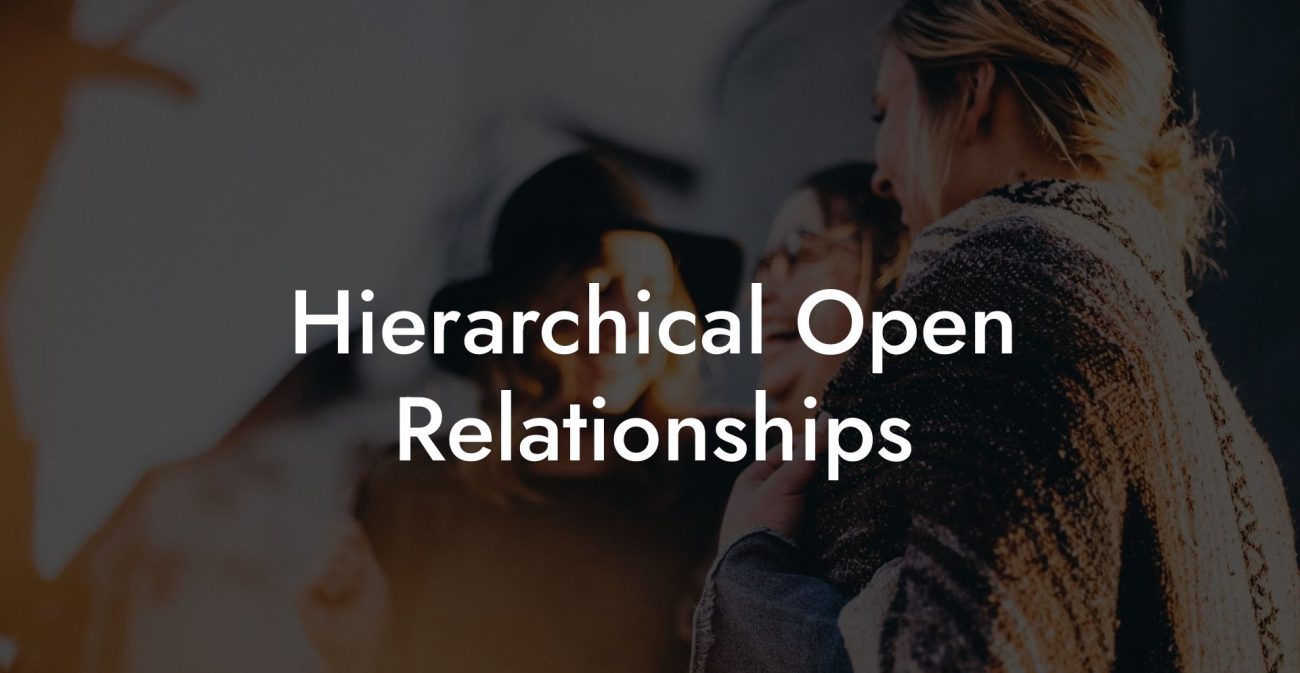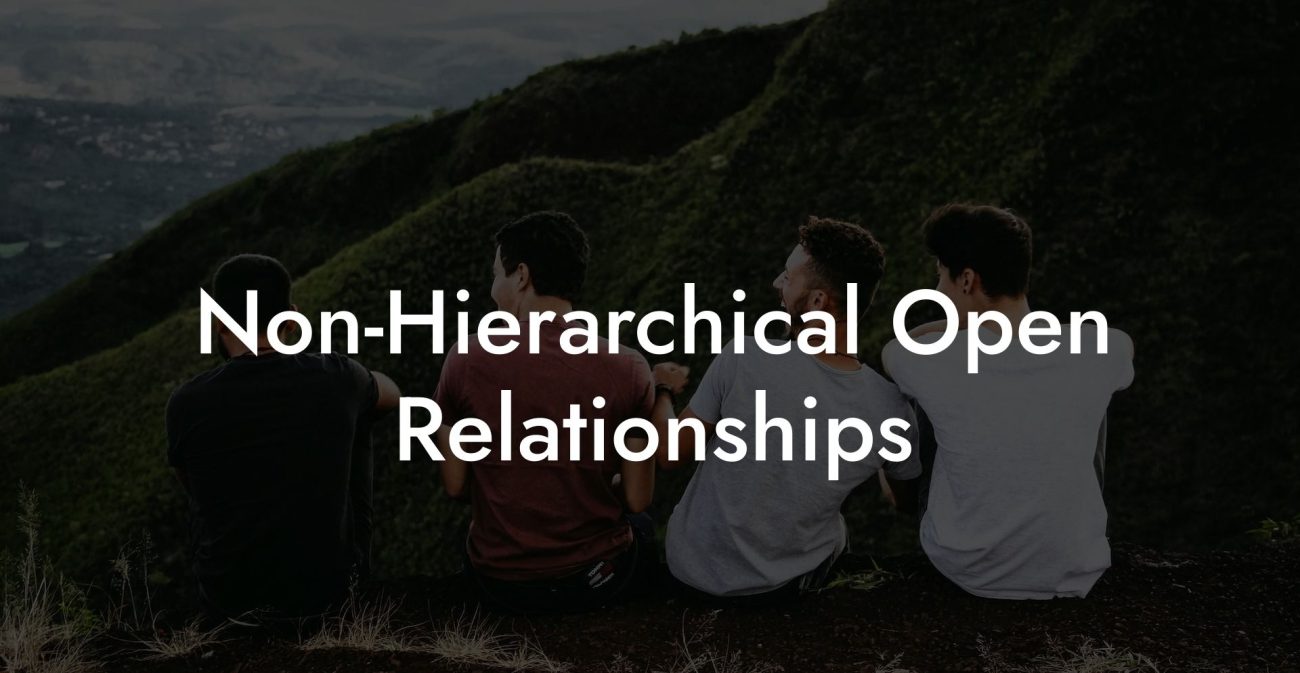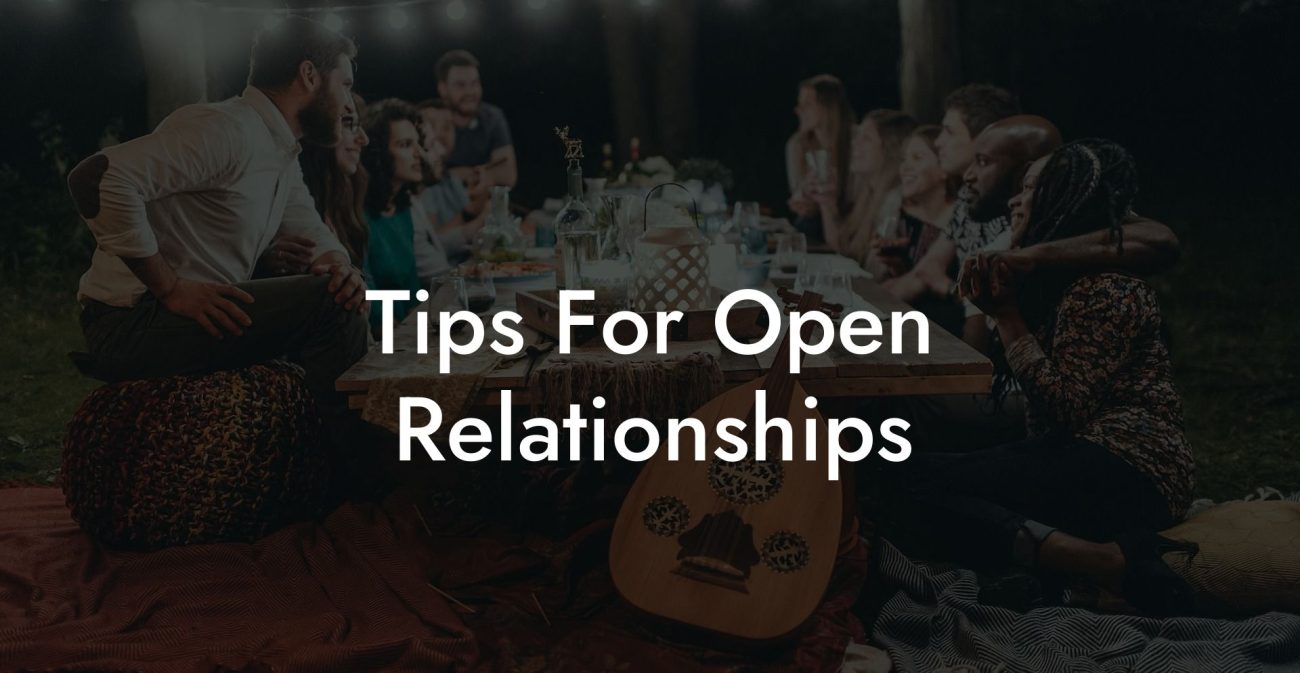Guide to What's The Difference Between Polyamorous And Polygamous?

Welcome to this guide to the difference between polyamorous and polygamous relationships. In today’s rapidly evolving world of love and commitment, many people are exploring alternative relationship models beyond traditional monogamy. Two of the most commonly discussed models are polyamory and polygamy. Although these terms are sometimes mistakenly used interchangeably, they refer to distinct relationship structures with different ethical, legal, cultural, and psychological implications.
Quick Links to Useful Sections
- Defining Polyamory and Polygamy
- What Is Polyamory?
- What Is Polygamy?
- Key Differences Between Polyamory and Polygamy
- Relationship Structure and Formality
- Consent and Communication
- Legal Recognition
- Social and Cultural Implications
- Historical and Cultural Context
- Historical Background of Polyamory
- Historical Roots of Polygamy
- Ethical, Psychological, and Social Considerations
- Ethical Considerations
- Psychological and Emotional Dynamics
- Social and Cultural Impact
- FAQ: Your What Is the Difference Between Polyamorous and Polygamous Questions Answered
This guide is designed for anyone curious about these alternative models, whether you are a student, researcher, or someone personally considering your relationship options. We will define each term, compare their key characteristics, examine their historical and cultural contexts, and discuss the benefits and challenges associated with each. By the end of this guide, you will have a clear understanding of what it means to be polyamorous versus polygamous, and you will be better equipped to engage in informed discussions about these diverse forms of relationships.
Defining Polyamory and Polygamy
What Is Polyamory?
Polyamory is the practice of engaging in multiple consensual romantic or sexual relationships simultaneously. The term is derived from the Greek word "poly," meaning many, and the Latin "amor," meaning love. In polyamorous relationships, all participants are aware of and consent to the existence of other relationships. Unlike traditional monogamy, polyamory emphasizes flexibility, open communication, and the idea that one can love more than one person at the same time.
Key characteristics of polyamory include:
- Consensual Non-Monogamy: All parties know about and agree to the multiple relationships.
- Emphasis on Communication: Regular, honest dialogue is essential to navigate feelings, boundaries, and expectations.
- Flexibility: Polyamorous relationships can be structured in various ways, ranging from non-hierarchical networks to relationships with designated primary and secondary partners.
- Emotional Variety: Polyamory often offers diverse sources of emotional support and intimacy.
What Is Polygamy?
Polygamy is the practice of having more than one spouse simultaneously. It is generally divided into two main types:
- Polygyny: A form of marriage in which one man is married to multiple women. This is the most prevalent form of polygamy worldwide.
- Polyandry: A less common form in which one woman is married to multiple men.
Polygamy is deeply rooted in various cultural, religious, and historical contexts. In many societies, plural marriage was practiced as a way to strengthen family alliances, manage resources, and enhance social status. Although polygamy is illegal in many Western countries, it continues to be observed in certain cultures and religious communities.
Key Differences Between Polyamory and Polygamy
Relationship Structure and Formality
One of the main differences lies in the structure and formality of the relationships:
- Polyamory: In polyamorous relationships, the emphasis is on emotional and romantic connections rather than legal or formal marital bonds. Relationships are often flexible and can range from egalitarian structures to arrangements with primary and secondary partners.
- Polygamy: Polygamy involves formal marriages, often with legal, religious, or cultural recognition. In many cases, polygamous arrangements follow a hierarchical structure (e.g., one primary marriage with additional spouses) and are embedded in long-standing traditions.
Consent and Communication
Both polyamory and polygamy require informed consent, but the nature of communication tends to differ:
- Polyamory: Open, ongoing communication is a cornerstone, with all partners actively involved in negotiating boundaries and expectations.
- Polygamy: While communication is important, polygamous relationships are often influenced by cultural or religious traditions that may dictate roles and expectations, sometimes leading to less fluid negotiation of boundaries.
Legal Recognition
Legal status is another critical distinction:
- Polyamory: Polyamorous relationships are generally not formalized through legal marriage, meaning they are not recognized by law in the same way monogamous marriages are. This gives couples more flexibility but also means they lack certain legal protections.
- Polygamy: In many countries, polygamous marriages are illegal or only recognized under customary or religious law. Legal challenges related to inheritance, custody, and spousal rights are common in polygamous contexts.
Social and Cultural Implications
Cultural attitudes and societal norms further differentiate these models:
- Polyamory: Increasingly accepted in many progressive circles, polyamory is viewed as an expression of personal freedom and the belief that love is not limited to one person. It is often celebrated for its emphasis on communication and emotional diversity.
- Polygamy: While polygamy is integral to certain cultural and religious traditions, it is often subject to social stigma and legal restrictions in many parts of the world. Criticisms frequently focus on issues related to power dynamics and gender inequality.
Historical and Cultural Context
Historical Background of Polyamory
Although polyamory as a term is relatively modern, the idea that one can have multiple romantic relationships is not new. Throughout history, some societies have embraced various forms of consensual non-monogamy, even if these practices were not labeled as polyamory. The modern polyamorous movement has emerged from a desire to break away from the constraints of traditional monogamy and explore a more inclusive understanding of love.
Historical Roots of Polygamy
Polygamy has a long historical tradition in many parts of the world. It has been practiced for social, economic, and religious reasons. In many ancient cultures, having multiple spouses was a sign of wealth and power, and it played a crucial role in community building. Despite legal restrictions in modern Western societies, the historical legacy of polygamy continues to influence cultural discussions and practices in certain regions.
Ethical, Psychological, and Social Considerations
Ethical Considerations
Both polyamory and polygamy require a foundation of informed consent and mutual respect. Ethical polyamory emphasizes transparency, equality, and continuous negotiation of boundaries. Ethical polygamy, where practiced, strives to ensure that all relationships are entered into voluntarily and that power imbalances are minimized. The ethical debate often centers on whether the relationship model empowers the individuals involved or perpetuates inequality.
Psychological and Emotional Dynamics
Emotional intelligence, self-awareness, and effective communication are critical in both polyamorous and polygamous relationships. Polyamory often demands that individuals manage complex emotional landscapes, balancing multiple relationships and addressing feelings like jealousy through open dialogue. In polygamous settings, emotional challenges may also include navigating traditional roles and power dynamics.
Social and Cultural Impact
Societal perceptions play a significant role in shaping the experiences of individuals in both relationship models. While polyamory is gaining acceptance in many progressive communities, it may still face misunderstanding from those who adhere to traditional norms. Polygamy, deeply rooted in certain cultures and religions, is often subject to legal and social scrutiny, especially in regions where monogamy is the legal standard.
FAQ: Your What Is the Difference Between Polyamorous and Polygamous Questions Answered
1. What is polyamory?
Polyamory is the practice of engaging in multiple consensual romantic or sexual relationships simultaneously, with the full knowledge and consent of all parties involved. It emphasizes emotional connections, open communication, and flexibility.
2. What is polygamy?
Polygamy is the practice of having more than one spouse at the same time, typically through culturally or religiously sanctioned marriages. The most common forms are polygyny (one man with multiple wives) and polyandry (one woman with multiple husbands).
3. How do polyamory and polygamy differ in structure?
Polyamory generally involves multiple romantic relationships without the formal structure of marriage, often in a non-hierarchical manner, while polygamy involves multiple marriages, usually with a hierarchical or culturally established framework.
4. Are there legal differences between polyamorous and polygamous relationships?
Yes. Monogamous marriages are legally recognized in most societies. Polyamorous relationships, which are non-marital, typically lack legal recognition and associated rights. Polygamous marriages, where they are practiced, are often illegal in many Western countries and only recognized under customary or religious law in certain regions.
5. What are the ethical implications of each?
Ethical polyamory focuses on open communication, mutual consent, and equality among all partners. Ethical polygamy, when practiced, emphasizes informed consent and balanced power dynamics, though historically it has faced criticism for reinforcing gender inequality.
6. How do cultural attitudes differ between the two?
Polyamory is increasingly viewed as a modern, progressive approach to relationships, while polygamy is often associated with historical or religious traditions and may face greater legal and social scrutiny in many parts of the world.
7. Where can I find additional resources on these topics?
Additional resources include books such as "The Ethical Slut" and "More Than Two," podcasts like "Multiamory" and "Polyamory Weekly," and online communities such as r/polyamory.
Resources and Community Support: Your Next Steps
- "The Ethical Slut" by Dossie Easton & Janet Hardy – A foundational text on ethical non-monogamy that provides valuable insights into various relationship models.
- "More Than Two" by Franklin Veaux & Eve Rickert – A comprehensive guide offering practical advice on managing multiple relationships, including discussions on polyamory and polygamy.
- Podcasts: Listen to "Multiamory" and "Polyamory Weekly" for engaging discussions and real-life experiences about alternative relationship models.
- Online Communities: Join forums such as r/polyamory and specialized social media groups to share experiences and gather support.
- Workshops and Webinars: Attend events focused on ethical non-monogamy and relationship psychology to expand your knowledge and connect with like-minded individuals.
By exploring these resources and applying the strategies outlined in this guide, you can develop a clear and informed understanding of the differences between polyamorous and polygamous relationships. Embrace continuous learning, open dialogue, and self-reflection as you navigate this diverse landscape of love and commitment.
Lost & confused by all of the terms, types and seemingly made up 3 letter acronyms?? We've got you. Check out our Ethnical Non-Monogamy Dictionary >>
Useful Interruption: Not sure which relationship vibe fits you best? Take our Relationship Test, it’ll give you the real insight into your natural relationship style. Then, dive into our binge-worthy guides (from the tried-and-true to the “wait, that’s a thing?”) and find the perfect relationship type for your life:
- Monogamy
- Open Relationships
- Ethical Non-Monogamy
- Solo Polyamory
- Non-Hierarchical Polyamory
- Hierarchical Polyamory
- Relationship Anarchy
- Swinging
Now back to the main article but yeah take the test...












